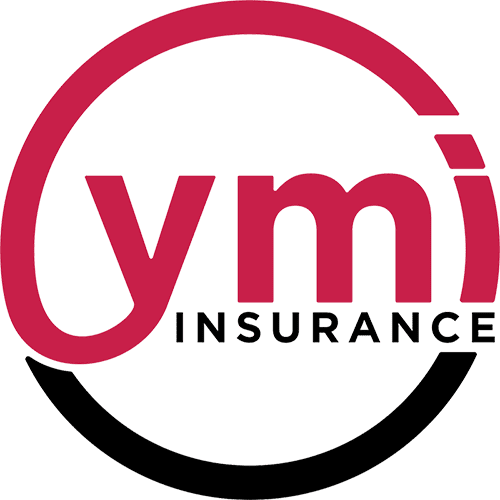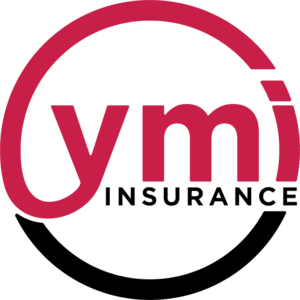Spring is in the air and the arrival of the warmer weather signals the start of motorcycle riding season. It’s been many decades since Peter Fonda and Dennis Hopper showed a generation of Americans that a motorcycle and the open road was the highest form of freedom! That generation, its children and now their children are no less in love with their bikes now than they were then.
In fact, in the past twenty years owning a motorcycle has grown in popularity. Motorcycle registrations have risen from about 3.8 million in 1994 to nearly 8.5 million in 2011. The Motorcycle Safety Foundation estimates that the average annual motorcycle mileage also is on the rise.
The Government Accounting Office (GAO) estimated that in 2010 motorcycle crashes cost $16 billion in direct costs such as emergency services, medical costs including rehabilitation, property damage, loss of market productivity including lost wages, loss in household productivity and insurance costs, including claims and the cost of defense attorneys.
These sobering statistics clearly point out the need to be adequately insured. This can be tricky because of the differences in state insurance requirements. Most states do mandate liability coverage. This covers bodily injury and property damage caused to other people involved in an accident. Your motorcycle, however, is not covered. There are other types of coverage although they are optional in most states. They include:
- Collision – covers the book value of your motorcycle before it was damaged in a collision with another vehicle or object. Your carrier pays for the amount of damages, minus your deductible.
- Comprehensive coverage – pays for damages caused by events such as fire, theft or vandalism. Your insurance company will pay for damages, minus your deductible, up to the book value of the motorcycle.
- Uninsured Motorist – pays for medical treatment, lost wages and other damages if an uninsured driver hits you. If your coverage includes property damage, then your bike is also covered.
- Underinsured Motorist – pays for the same expenses as Uninsured Motorist coverage but it only applies if the other party has lower coverage limits than you do and the damages are greater than the other party’s limits
- First Party Medical – The Insured and/or resident relative is covered up to the limit for injuries sustained while riding the vehicle
- Accessory Coverage– It’s important to note that most comprehensive and collision coverages will only cover the factory standard parts on your bike. If you customize it by adding any additional accessories, you will need to buy additional equipment coverage.
Call your agent to determine if your carrier offers a premium discount if you graduate from a rider-training course such as the one conducted by the Motorcycle Safety Foundation. Maintaining a good driving record with no violations may also help reduce your premiums. Similar to auto insurance, the type, style, age of the motorcycle, number of miles you drive a year and where you store your bike may also affect your premium rates.



